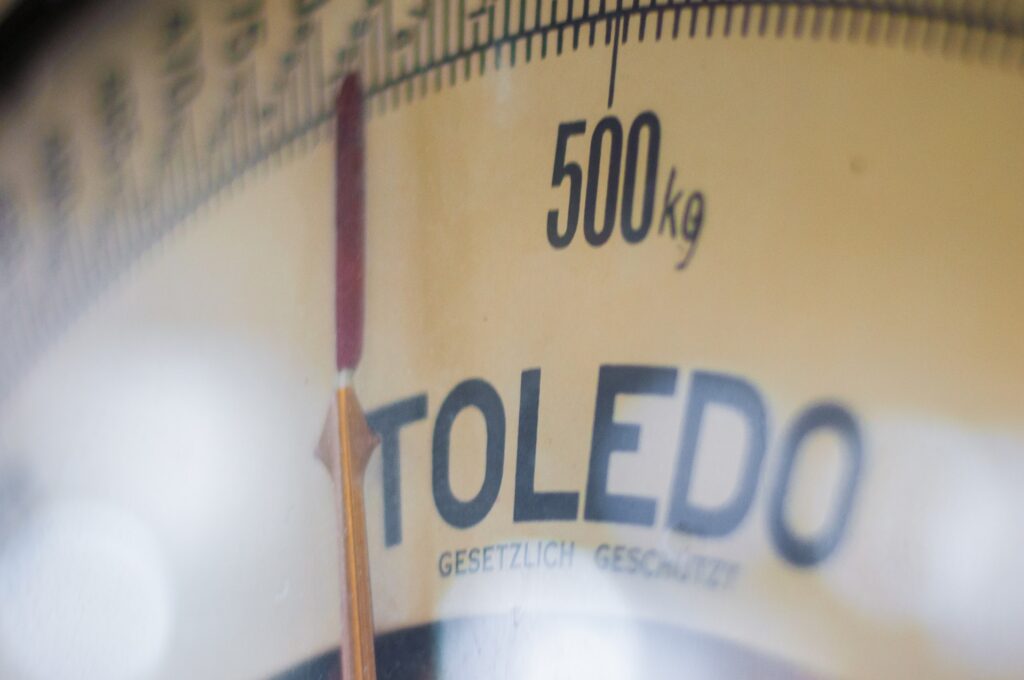Title: Exploring the Various Chinese Units of Weight
Introduction
In this post we will look at common Chinese units of weight.
Gram (克 Kè)
The gram 克 is one of the most commonly used weight units in Mandarin Chinese.
Jin (斤 Jīn)
The Jin 斤 is a weight unit that has been in use in China for centuries. Historically, it was equivalent to the weight of a Chinese pound, which is approximately 0.5 kilograms, 500 grams, or 1.1 pounds. However, in modern times, the Jin is standardized to exactly 500 grams in Mainland China, but the weight of a Jin does vary in other parts of Asia, so check out our post – What is a Chinese Jin?
In Mainland China, a Jin is common used in circumstances such as buying fruit of vegetables.
Kilogram (公斤 Gōngjīn))
In Mandarin Chinese 公斤 is used for one kilogram, and literally translated means “common Jin”. A kilogram is 1,000 grams or 2.20462 pounds, and is widely used in various contexts, including science, industry, and trade. It is the go-to unit for measuring larger quantities of goods, luggage, and other objects that are not expressed well in grams.
Tael (两 Liǎng)
The tael 两 is an ancient Chinese unit of weight that has been in use for over a thousand years. It varies in weight depending on the region of China, with different provinces having their own interpretations of the tael. In general, one tael is roughly equivalent to 37.5 grams. Historically, it was used for trading precious metals and gemstones. Nowadays, the tael is less common but can still be encountered in traditional contexts, such as jewelry markets.
Metric Ton (公吨 Gōng Dūn)
The metric ton 公吨, often referred to as the “ton” in everyday conversation, is a unit of weight used for measuring large quantities of goods or freight. One metric ton is equivalent to 1,000 kilograms or approximately 2,204.62 pounds. This unit is employed in international trade, logistics, and industrial contexts. When discussing large-scale shipments or industrial processes in Mandarin Chinese, you are likely to encounter the metric ton.
Conclusion
Chinese units of weight reflect a rich cultural history and continue to be relevant in modern society. From the tiny gram to the hefty metric ton, these units enable precise measurements across a wide range of applications, from daily cooking to international trade. Understanding these units is essential for anyone working or living in China or engaging in business with Chinese partners.

